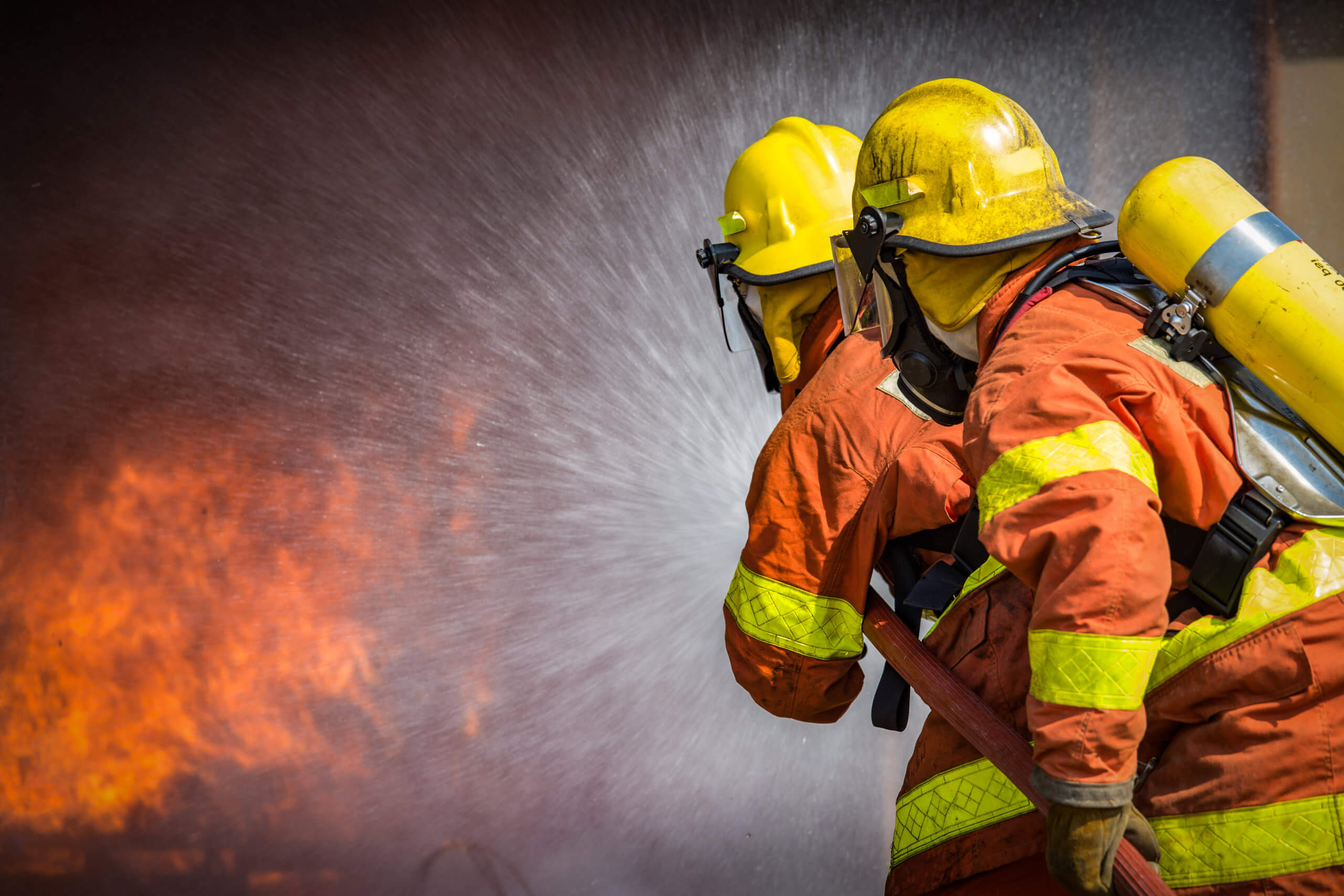
In 2020, wildfires burned over ten million acres of land in the United States, one of the highest levels on record. Despite this increase in wildfires, the number of fatalities among on duty firefighters over the last decade has dropped by nearly 50 percent. This is in part due to durable protective gear and innovative tools that keep fire personnel safe without risking efficiency – much of which uses plastics.
Versatile plastic polymers are used to create fire gear innovations that enable emergency responders, like firefighters and smokejumpers, to keep the public safe from wildfires. As fire season begins, plastics will be even more important to help protect those who protect our families, friends, and neighbors.
Almost all components of firefighter gear are made from thermoplastic or plastic fibers, making suits and protective wear lighter and more durable. Specialized plastic fibers, like aramide, which was first used for astronaut suits, make suits, gloves, and boots heat resistant and able to withstand extreme temperatures, protecting the wearer even in the deadliest environments. Plastic zippers, snaps, and other closures ensure that even in extreme heat situations, the wearer is protected from exposure.
Plastics, namely polyamide, polyurethane, and polycarbonate, used for helmets and protective eye wear keep firefighters safe as they enter unstable buildings both during and after fires. Although only 15 percent of firefighter injuries occur in the cranial region, most are fatal. Innovative plastic helmet designs, which have become popular in the last 50 years, are keeping firefighters safer and have supported reductions in fatalities among emergency responders. Plastics have led the way in a new era for firefighting equipment and personal protective gear. And this is just the beginning.
The versatility of plastics products doesn’t stop at personal wear. Heat and flame-resistant plastics are also being increasingly used for fire hose grips and nozzles, high pressure extinguisher valves and explosion-proof flashlights. These parts, similar to in automobiles and aircraft, create lighter and more maneuverable tools, making a firefighter’s job easier.
Smokejumpers are a specialized group of firefighters that jump from helicopters or airplanes into blazes that are located in hard-to-reach or rural areas inaccessible by vehicle. This practice enables fires to be stopped before they reach urban zones or grow too large to control. Once jumpers leave the airplane, they are isolated so it is crucial that they have everything they need to survive on their person in a specialized “fire pack.” Plastics is making sure they do, and with more durable and lighter options.
Although the average pack still weighs about 100 pounds, this weight has been reduced by incorporating innovative and vital plastics products, like water pumps and lightweight plastic packaging for food rations, instead of products that use heavier alternative materials.
Plastics ensure that smokejumpers can do their jobs more efficiently and effectively, keeping both jumpers and nearby populations safer from fire threats. Parachutes, suits, boots, and gloves are made with special heat and flame-resistant materials that make jumpers less vulnerable in high-heat situations. These products are also lighter than alternative materials, keeping smokejumpers more agile in dangerous situations.
Plastics products are ideal for these life-or-death ordeals because the material is lightweight, allowing firefighters to carry more into burning buildings and other hazardous situations. Compact respirators and oxygen masks, both of which are made from plastic materials, allow firefighters to immediately provide emergency health services to those in danger.
Spinal boards and splints, also made out of plastic, allow fire rescue personnel to keep injured evacuees safe before they can receive full medical attention. The shift away from heavier, more fragile materials like glass and metal, is supporting firefighters to keep themselves safe as they keep the public out of harm’s way.
Lightweight, heat resistant polymers used in fabrics and protective gear help reduce fatality rates among firefighters and smokejumpers that work every day to keep us safe. Plastics innovation ensures that they can do their jobs effectively and efficiently without risking quality or speed, keeping everyone safer, even in the toughest of fire seasons.